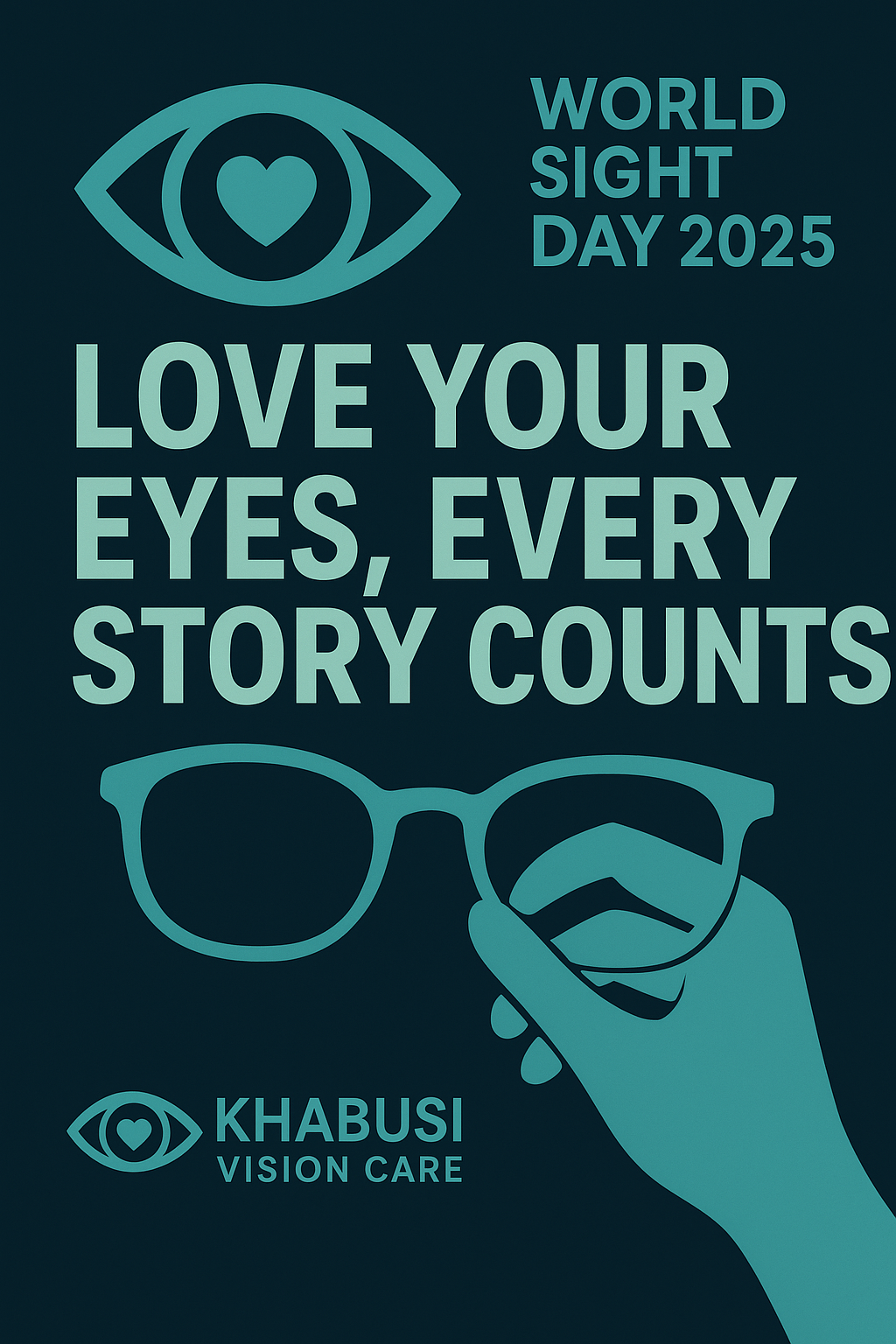
Do Photochromic Lenses Cause Myopia to Progress?
Posted on Jul 19, 2025 by Timothy Khabusi
Category: Eye Health
“Wait, you give photochromic lenses to myopic kids?”
My colleague sounded a little surprised—maybe even slightly disapproving.
It wasn’t the first time I’d encountered this reaction. Among clinicians, there's a lingering belief that photochromic lenses—those clever lenses that darken when exposed to UV light—shouldn't be prescribed to children with myopia because they might worsen the condition. It's an assumption rooted more in intuition than evidence, and I think it’s time we dig into that.
After all, if we’re advocating evidence-based care, shouldn’t we ask: Is there any scientific basis for the idea that photochromic lenses promote myopia progression in children?
What Photochromic Lenses Actually Do
Let’s start with what photochromic lenses are: lenses that darken in response to UV radiation and return to a clear state indoors. They provide comfort in bright environments, reduce glare, and protect against UV exposure. Critically, unlike sunglasses or polarized lenses, studies — including a 2020 spectrophotometry analysis of 12 commercial brands — show that photochromic lenses uniformly reduce light across the visible spectrum, preserving its spectral balance and not selectively filtering out blue or other wavelengths.
This is a crucial distinction. Much of the light-related myopia research focuses on exposure to bright, broad-spectrum visible light, particularly outdoor light. We’re not talking about blocking UV alone—we’re talking about the lux levels (light intensity) that stimulate dopamine release in the retina, which in turn regulates eye growth.
The Science Behind Light and Myopia
We know that outdoor time is one of the most robust protective factors against myopia onset and progression in children. Natural sunlight can range between 10,000 lux (overcast day) to over 100,000 lux (bright sunny day)—levels significantly higher than those found indoors (usually below 500 lux in classrooms and homes).
In a landmark study, Norton and Siegwart (2013) demonstrated that exposure to high light intensity reduced axial elongation in animal models, which is directly tied to myopia development. The study revealed that chicks exposed to light levels of 15,000 lux or more had significantly less axial elongation compared to those kept under standard indoor lighting (~500 lux), even when exposed to defocus stimuli that would normally induce myopia.
This supports the notion that it’s the quantity of light (lux) and not just the presence of UV or specific wavelengths that matters most for myopia control.
Do Photochromic Lenses Block That Light?
Now here’s the key question:
Do photochromic lenses significantly reduce lux levels below protective thresholds?
The answer appears to be no. While photochromic lenses reduce light intensity, they typically reduce lux by 20–70% depending on the brand and activation level, meaning that in full sunlight (let’s say 100,000 lux), the eye may still be exposed to 30,000–80,000 lux—far above the protective threshold of 10,000–15,000 lux identified in animal studies.
Furthermore, they maintain full-spectrum transmission, unlike some sunglasses that may selectively block blue light or polarize it. So, the dopaminergic pathways believed to mediate light-induced myopia protection remain engaged.
In other words:
Photochromic lenses reduce brightness for comfort, but not enough to negate the protective benefits of outdoor light exposure.
So Why the Belief That They Worsen Myopia?
It may stem from confusion between photochromic lenses and sunglasses or blue-light-blocking lenses, which do alter the spectrum of light or significantly reduce intensity. Clinicians may also extrapolate from older myopia theories where less light exposure equals more axial growth—but without distinguishing between normal comfort filtering and pathological light deprivation.
As of now, there is no peer-reviewed evidence linking the use of photochromic lenses in children to increased myopia progression. Conversely, there's also no study confirming they are protective—so we need research, not rumor, to guide our decisions.
Conclusion
Until someone conducts a high-quality, controlled study measuring axial length and refractive changes in children wearing photochromic lenses versus clear lenses, the claim that photochromics promote myopia progression remains unsubstantiated.
For now, here’s what we do know:
- They reduce light intensity, not its spectrum.
- They allow high lux exposure when outdoors—often well above protective thresholds.
- They improve comfort, potentially encouraging more outdoor time, not less.
- There is no evidence that they induce or accelerate myopia.
So, to my colleague:
Yes, I prescribe photochromic lenses to myopic kids when there are complaints of photosensitivity—so that they don’t stop playing outside just because it’s sunny. And when we finally have data, I’ll be the first to update my practice accordingly.
References
-
Norton, T.T., & Siegwart, J.T. Jr. (2013). Light levels, refractive development, and myopia—a speculative review. Experimental Eye Research, 114, 48–57. https://doi.org/10.1016/j.exer.2013.05.004
-
Read, S.A., Collins, M.J., & Vincent, S.J. (2015). Light exposure and eye growth in childhood. Investigative Ophthalmology & Visual Science, 56(11), 6779–6787.

Timothy Khabusi
Optometrist, Innovator and Lifelong Learner. Dedicated to making eye care and science accessible and impactful.
Leave a Comment
Comments
Great compliment


